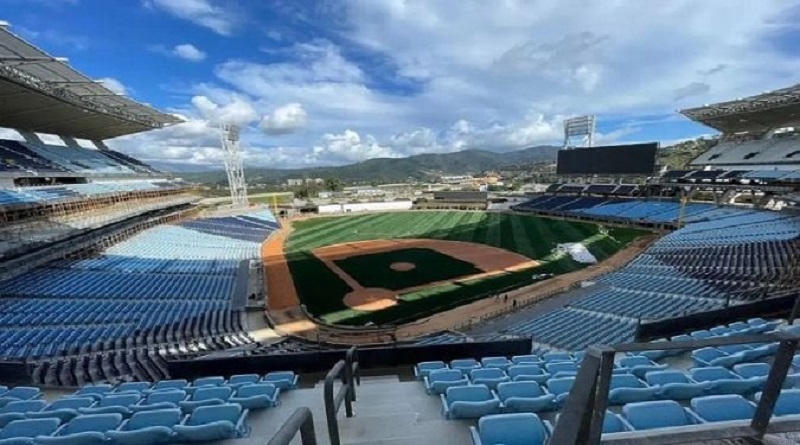Staff from the Lorenzo Scaglia Municipal Museum of Natural Sciences confirmed on Friday night the discovery of the remains of two glyptodonts, almost three million years old, in the beach area of the Buenos Aires tourist town of Chapadmalal.
The discovery was in charge of a family group made up of Emilia and Felipe Delfino, Florencia Lalonardi and Milo and Juan Mirabetto.
A statement issued by the municipality of General Pueyrredón said that “immediately, the family notified the authorities, so Fernando Scaglia, Victoria Sarasa and Matías Taglioretti from the Paleontology laboratory of the Municipal Museum of Natural Sciences of Mar came to the rescue. of the Silver Lorenzo Scaglia”.
“In the first place, we only had a discovery of some remains of a glyptodont (giant terrestrial armadillo) on the agenda, which are animals related to the current mulitas, hairy ones, and tatús”said Taglioretti, a paleontologist at the museum.
“There are differences between glyptodons and current armadillos, including the size and architecture of their shell. The plates that make up the shell of glyptodons are to a greater extent highly fused, forming a true rigid shell, turning them into true tanks. of prehistoric warfare,” emphasized the paleontologist.
On the other hand, he noted, “the largest forms reach four meters long and 1.5 meters high and weigh up to two tons. We went for a glyptodon and they quickly became two, plus a large amount of scattered rodent remains. in place, which are very good indicators of the age of the deposits and the environments that existed in the past”.
Mar del Plata and the adjacent area have the most representative paleontological sites of the upper Cenozoic in all of South America.
Although the findings of glyptodon remains are very frequent, those recovered from the southern cliffs of Mar del Plata are unique, because they are the Pliocene glyptodons (5.33 to 2.58 million years ago), which are very rare. in other deposits.








